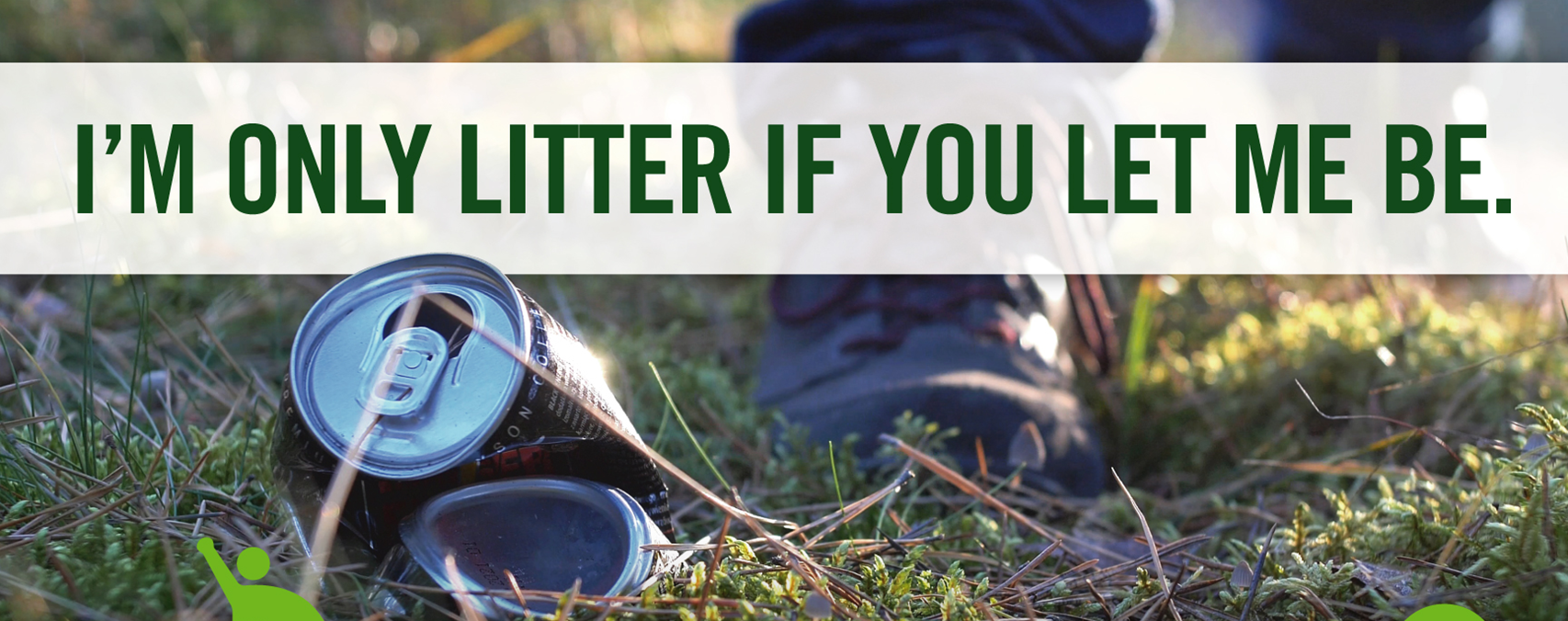Toronto's annual citizen cleanup is making a comeback in 2o23
|
Sign up by April 13.
|
Our recommendations to the City of Toronto, 2022
Spring cleaning and ongoing City of Toronto Litter Operations, 2022
Your browser does not support viewing this document. Click here to download the document.
Toronto politicians hear our call for litter action and respond admirably
(March 19, 2013) The Litter Prevention Program has succeeded in putting the issue of littering awareness and education on the Toronto agenda. Prompted by LPP's presentation to the City of Toronto Public Works and Infrastructure Committee the council has sent two important litter prevention motions to staff for reports. One motion seeks to explore a ban on smoking at Toronto beaches and another asks for an update and overview on litter prevention campaigns that the city could possibly do. The committee also wants to consider requiring the city's bars and restaurants to install outdoor ashtrays and make them responsible for littered cigarette butts outside their establishments. Councillor Michael Layton and Councillor Janet Davis deserve recognition for putting forward these significant suggestions, said Sheila White, LPP co-founder.
Below is the Toronto Sun story about the works committee meeting.
Toronto to examine cigarette butt cleanup (March 20, 2013)
Downtown Yonge merchants install sleek new ashtrays on main shopping street

(January 24, 2013) As part of its dedication to keeping Toronto's streets clean the Downtown Yonge BIA has launched a pilot project, installing 12 cigarette receptacle ashtrays on Yonge Street. The goal is to encourage smokers to change their behaviour by disposing of cigarettes in the receptacles rather than on the street. Providing a visible method of disposal for the general public, it is hoped, will result in seeing fewer cigarette butts on the sidewalks in the pilot project area. Look for these ashtrays that have been fixed to select BIA-owned pedestrian and streetlight poles on both sides of Yonge Street, from Dundas to Gerrard.
Instead of butts on roads, in sewers, in planters, under benches and on sidewalks, what a beautiful alternative for smokers and an attractive companion for Toronto's public bins by Astral Media. They also receive cigarette butts in a special compartment. Unfortunately, vandals and the cost of maintaining the bins put an end to this pilot program. In the late night hours downtown the receptacles were being abused.
Instead of butts on roads, in sewers, in planters, under benches and on sidewalks, what a beautiful alternative for smokers and an attractive companion for Toronto's public bins by Astral Media. They also receive cigarette butts in a special compartment. Unfortunately, vandals and the cost of maintaining the bins put an end to this pilot program. In the late night hours downtown the receptacles were being abused.
The next great debate
Landfill or incinerator: What’s the future of Toronto’s trash?
Toronto Star reporter Alyshah Hasham takes a long look at city garbage disposal woes and recycling plateaus. (March 2013)
2012 LITTER AUDIT
Results Just In: We're doing better, but we still have a long way to go, T.O.
Coffee cups & lids and bottle caps increase dramatically while all other types of small litter decline in areas sampled by study. (November 2012)
|
Council kills plastic bag ban (November 28, 2012)
Staff to report in June 2013 on measures to reduce plastic bag use. The City of Toronto had won international gold awards for its action on plastic bags. |
TORONTO BAG BACKGRONDER:
Customers were to bring their own bags starting in 2013. |
|
Litter Prevention Program shines in Saturday Star (November 17, 2012)
Photo, right, is Sheila (brown jacket) handing out portable ashtrays to smokers outside.
|
|
Toronto mulls expanding smoking ban in public spaces ==> (October 24, 2012)
|
|
How to Recycle Just About Anything
|
|
All About Toronto BLUE BIN
• Toronto's Blue Bin (formerly Blue Box) Recycling Program was launched in 1988/1989.
• The first materials to be recycled were glass bottles, jars, metal cans and newspapers.
• Throughout the years, other products were added, such as magazines, telephone books, catalogues, pizza boxes, plastic food jars, tubs and lids.
• The last addition of items to the Blue Bin took place in 2008, when plastic grocery and retail shopping bags and foam polystyrene packaging were added. As of November 2012, the Blue Bin began accepting rigid plastic containers, even plastic CD cases. More changes are in store in 2023 when corporations take over paying for the Blue Box.
• Currently, 96 per cent of single-family households participate in the Blue Bin program.
Source: City of Toronto
• The first materials to be recycled were glass bottles, jars, metal cans and newspapers.
• Throughout the years, other products were added, such as magazines, telephone books, catalogues, pizza boxes, plastic food jars, tubs and lids.
• The last addition of items to the Blue Bin took place in 2008, when plastic grocery and retail shopping bags and foam polystyrene packaging were added. As of November 2012, the Blue Bin began accepting rigid plastic containers, even plastic CD cases. More changes are in store in 2023 when corporations take over paying for the Blue Box.
• Currently, 96 per cent of single-family households participate in the Blue Bin program.
Source: City of Toronto
Toronto Litter Forum 2004 ...The forum Toronto hosted in '04 generated a report that emphasizes the need for innovative educational programs for litter prevention.
|
It's time for the City of Toronto to host another litter forum!
|

